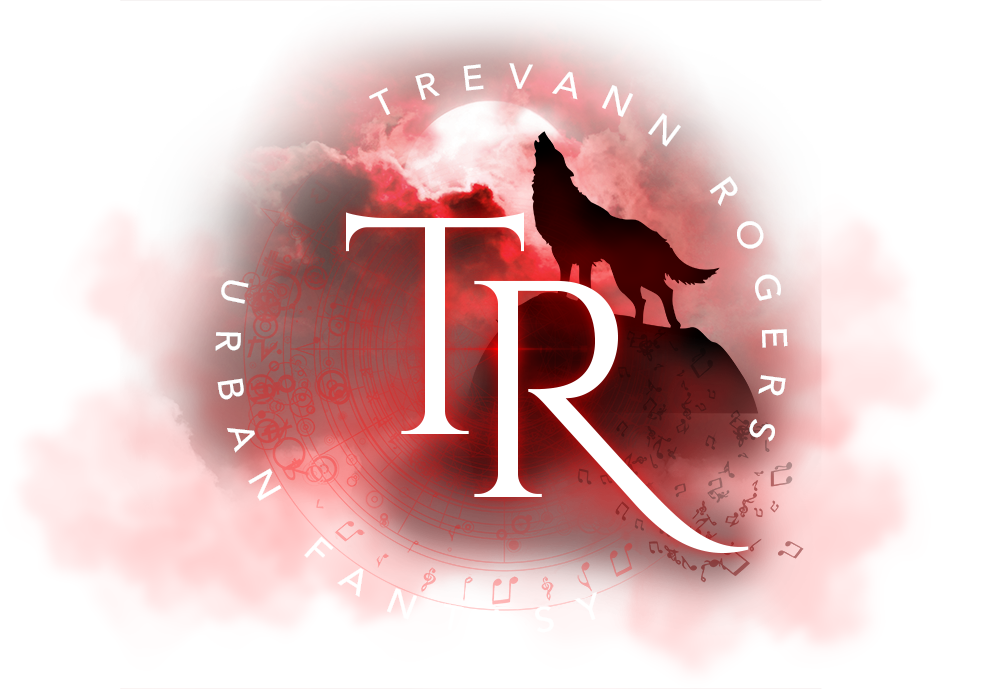I stumbled around for a long time trying to work out a system of getting characters and settings  settled in my mind. I usually start with an actor who could play the character I have in mind. Being able to see real people makes their physical characteristics easier to describe.But after awhile I tended to mix them up with other characters in the book—or even another book. Sometimes I totally forget what I’ve written. My haphazard records didn’t ensure that my characters eye color or hair didn’t change from one page to the next.
In 2009, everything changed. I discovered a book called Break Into Fiction by Mary Buckham and Dianna Love. I worked through all the exercises and pulled all my notes together. I didn’t have to generate new information about my characters but this book gave me a record keeping system.
settled in my mind. I usually start with an actor who could play the character I have in mind. Being able to see real people makes their physical characteristics easier to describe.But after awhile I tended to mix them up with other characters in the book—or even another book. Sometimes I totally forget what I’ve written. My haphazard records didn’t ensure that my characters eye color or hair didn’t change from one page to the next.
In 2009, everything changed. I discovered a book called Break Into Fiction by Mary Buckham and Dianna Love. I worked through all the exercises and pulled all my notes together. I didn’t have to generate new information about my characters but this book gave me a record keeping system.
Since then I’ve looked at several systems for creating characters and settings but none have been as helpful as this book. Moreover, I attended two weekend workshops with Ms. Buckham which cleared up questions I had.
I’m afraid I’m not as particular about settings. The ones in my books tend to be real places I have been or seen. For example, Zander’s apartment in House of the Rising Son is modeled after Brian Kinney’s loft in Queer as Folk. Although I may change a few things, having concrete places in mind keeps me from having settings change constantly.
Today when I have a new plot percolating, one of the first things I do is to pull out my copy of Break Into Fiction and tackle those worksheets. I may not come up with all the answers when I start but this system reminds me that I need to know them to finish.



